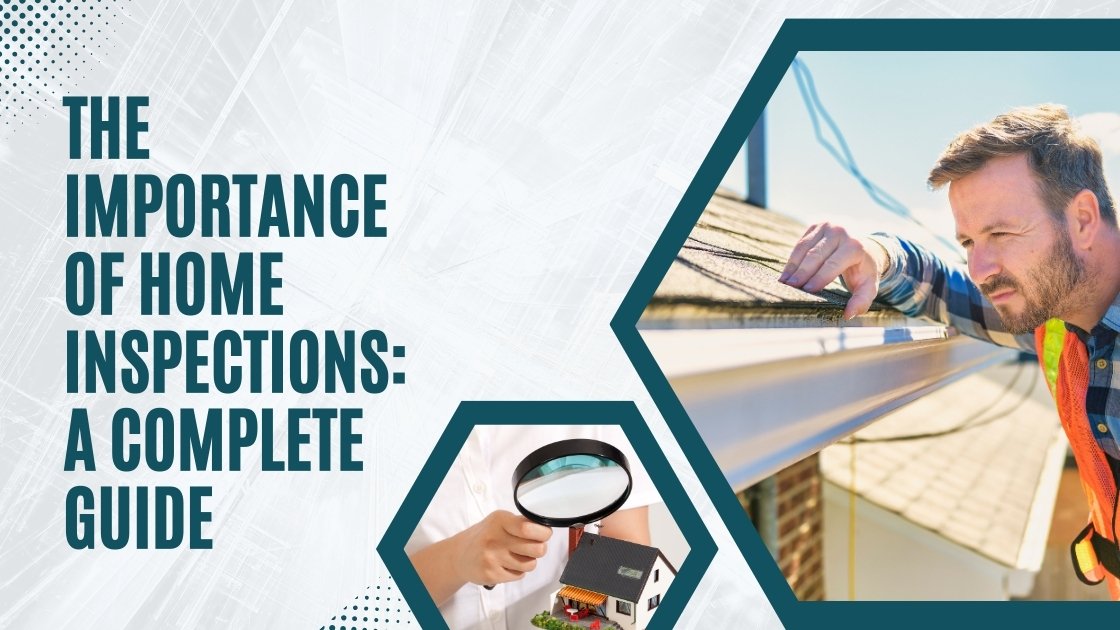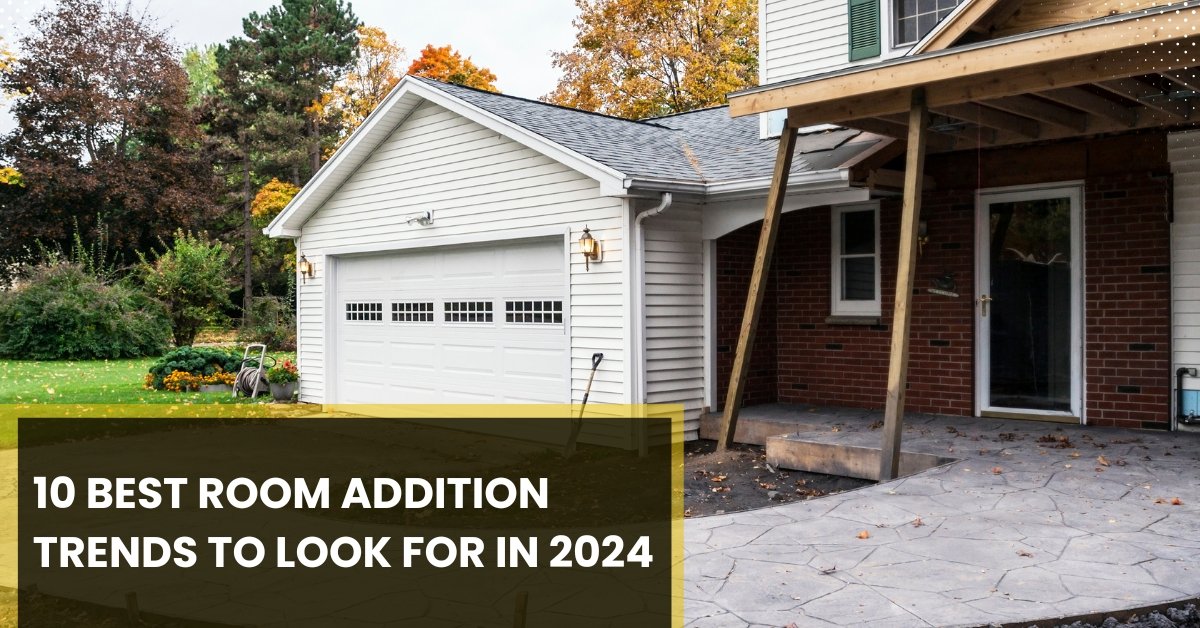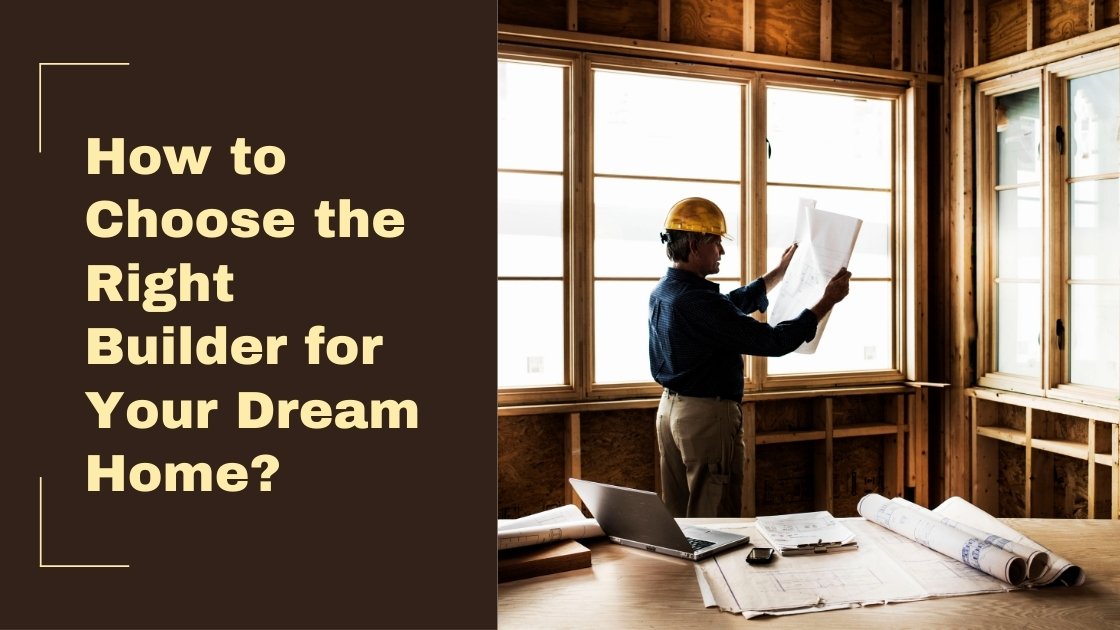Buying or owning a home is a significant investment, often representing the largest financial commitment in a person’s life. Ensuring that this investment is sound and well-maintained is crucial. One of the best ways to safeguard your property is through regular home inspections. A home inspection is a comprehensive examination of a property’s condition conducted by a professional inspector. This process can reveal hidden issues that might not be immediately apparent during a casual walk-through or even to the untrained eye. In this detailed guide, we will delve into the purpose of home inspections, their benefits, how to prepare for one, the various aspects covered during an inspection, and tips for finding the right home inspector.
Understanding the Purpose of a Home Inspection
A home inspection is more than just a routine check-up; it’s a detailed assessment of a property’s condition. The primary purpose of a home inspection is to identify any issues or defects that might affect the safety, functionality, or value of the home. This examination is typically carried out by a professional home inspector who has the expertise to assess various components of the house.
Home inspections are essential for both potential buyers and current homeowners. For buyers, an inspection provides valuable information about the property’s condition, helping them make an informed decision before finalizing the purchase. For current homeowners, regular inspections are a proactive approach to maintaining the home’s condition and addressing any emerging issues before they escalate.
Benefits of Regular Home Inspections
Regular home inspections offer several key benefits, contributing to both the safety and value of your property. Here’s a closer look at the advantages:
1. Identifying Potential Issues Early
One of the most significant benefits of regular home inspections is the ability to identify problems before they become major issues. For example, a small leak in the roof, if not addressed promptly, can lead to extensive water damage and mold growth. Early detection through a home inspection allows homeowners to address minor issues before they turn into costly repairs. This proactive approach can save homeowners a considerable amount of money in the long run.
2. Maintaining Home Value
A well-maintained home retains its value better over time. Regular inspections help ensure that all components of the home are in good condition, which can positively impact its market value. This is particularly important if you plan to sell the property in the future. Buyers are often willing to pay more for a home that has been well-maintained and has a clean inspection report.
3. Avoiding Costly Repairs
Addressing issues early can prevent unexpected expenses. For instance, identifying a problem with the electrical system or plumbing early on can help in budgeting for repairs and prevent emergencies that might require expensive fixes. Regular inspections help in planning for maintenance and repairs, reducing the likelihood of major, costly problems arising.
4. Ensuring Safety
Safety is a paramount concern in any home. Regular home inspections can uncover hazards such as faulty wiring, structural issues, or unsafe conditions that could pose risks to the occupants. For example, a home inspector might identify a potential fire hazard due to outdated electrical wiring or a structural issue that could lead to a collapse. Addressing these safety concerns helps in maintaining a secure living environment for all residents.
5.Extending the Lifespan of Your Home
Extending the lifespan of your home involves proactive maintenance and early detection of potential issues through regular inspections. By identifying and addressing minor problems, such as small cracks, leaks, or wear and tear, before they escalate into significant damage, you can prevent costly repairs and major overhauls.
6.Enhancing Energy Efficiency
Enhancing energy efficiency in your home involves identifying and addressing areas where energy is being wasted, which can be achieved through regular home inspections. Inspectors evaluate the insulation, ventilation, and HVAC systems to ensure they are functioning optimally. Proper insulation prevents heat loss in the winter and keeps your home cool in the summer, while effective ventilation maintains air quality and reduces moisture buildup.
How to Prepare for a Home Inspection?
Proper preparation for a home inspection can ensure a smooth process and accurate results. Here are some essential steps to take when preparing for a home inspection:
1. Clear Access Areas
Ensure that all areas of the home are easily accessible to the inspector. This includes attics, basements, crawl spaces, and utility rooms. Remove any clutter or obstructions that might hinder the inspector’s ability to perform a thorough examination. For example, if the attic is cluttered with old boxes and storage items, it might be challenging for the inspector to assess the condition of the roof and insulation.
2. Check for Repairs
Perform minor repairs before the inspection. Fix any leaky faucets, replace burnt-out light bulbs, and ensure that doors and windows open and close properly. Addressing these small issues not only makes a better impression but also prevents minor problems from being noted in the inspection report. For instance, a door that sticks might be noted as a potential issue, even though it could be easily fixed with some adjustments.
3. Provide Necessary Documents
If you have any records of recent repairs or renovations, provide these to the inspector. This information can be useful for understanding the condition of certain systems or components. For example, if you recently had a new roof installed, sharing this information with the inspector can help them assess the current condition of the roof more accurately.
4. Be Available for Questions
Being present during the inspection allows you to ask questions, understand the inspector’s findings in real-time, and get immediate feedback on any issues. It also provides an opportunity to discuss any concerns you might have about the property. If you’re the buyer, being present can help you gain a better understanding of the property’s condition and the importance of the issues identified.
5. Declutter and Clean the Home
A tidy and organized home is crucial for a successful inspection. Decluttering not only makes a better impression on the inspector but also ensures they can thoroughly assess all areas of the property. Start by removing unnecessary items from living spaces, closets, and storage areas, particularly in places like attics, basements, and garages where inspectors need clear access. A clean environment helps the inspector focus on the home’s condition without being distracted by clutter, leading to a more accurate and efficient inspection.
6. Clear the Perimeter
The exterior of your home is just as important as the interior during an inspection. Inspectors need to assess the foundation, siding, roofline, and other external components, which can be hindered by overgrown vegetation or debris. To prepare, trim back any bushes, trees, or plants that are close to the house to give the inspector a clear view of the home’s exterior. Ensuring a clear perimeter allows the inspector to conduct a thorough examination of the home’s structural integrity and identify any potential issues that might need attention.
7. Test and Replace Basic Utilities
Ensuring that all utilities and systems are functioning properly is a critical part of preparing for a home inspection. This includes checking electrical systems, plumbing, and HVAC systems. Start by testing all light switches and outlets, replacing any burnt-out bulbs, and ensuring that all electrical systems are safe and operational.
For plumbing, turn on all faucets, showers, and toilets to check for leaks, proper water pressure, and adequate drainage. Make sure to fix any minor issues beforehand, such as drips or slow drains. Functional utilities not only demonstrate that the home is well-maintained but also help prevent any negative marks on the inspection report that could affect the sale or value of the property.
A Home Inspection Covers Various Aspects, Including:
A comprehensive home inspection involves evaluating several key aspects of the property. Here’s a detailed breakdown of what a typical home inspection covers:
1. Structural Components
The structural integrity of a home is the cornerstone of its overall stability, safety, and longevity. A home with a solid structure not only provides a safe living environment but also preserves its value over time. During an inspection, the inspector will conduct a thorough examination of key structural components, including the foundation, walls, beams, and columns, to ensure that they are sound and free from defects.
The foundation is particularly critical, as it supports the entire weight of the home. The inspector will look for any signs of cracking, uneven settling, or shifting, which could indicate underlying issues such as soil movement, water damage, or poor construction practices.
2.Garage
During a home inspection, the garage is thoroughly evaluated to ensure it is in good condition and functions properly. The inspector will check the structural integrity of the garage, including the condition of walls, floors, and the ceiling, looking for signs of damage or wear. They will also assess the functionality of the garage door, including its opening and closing mechanisms, safety sensors, and any automatic door openers to ensure they operate smoothly and safely. Additionally, the inspector will inspect any storage areas or built-in cabinetry for stability and signs of damage.
3. Electrical System
The electrical system is a critical aspect of a home’s safety and functionality, as it powers everything from lighting and appliances to heating and cooling systems. Ensuring that the electrical system meets current safety standards and operates correctly is a key focus of any home inspection. The inspector will conduct a thorough evaluation of the electrical components, including wiring, circuit breakers, outlets, and the main electrical panel, to identify any potential issues that could pose a safety hazard.
One of the primary concerns during this assessment is the condition of the wiring. The inspector will check for outdated wiring types, such as knob-and-tube or aluminum wiring, which are common in older homes and may not meet modern safety standards.
4. Plumbing System
The plumbing system is a crucial component of a home’s infrastructure, ensuring that water flows smoothly throughout the property and that wastewater is effectively removed. During a home inspection, the plumbing system is thoroughly evaluated to ensure it operates correctly and does not present any potential issues that could affect the home’s functionality or safety.
The inspector will start by checking the condition of the pipes throughout the home. They will look for any signs of leaks, corrosion, or damage in both visible and hidden pipes. Leaks, even small ones, can lead to significant water damage and mold growth if not addressed promptly.
5. Heating and Cooling Systems
During a home inspection, the HVAC (heating, ventilation, and air conditioning) systems are thoroughly evaluated to ensure they are functioning properly and efficiently. The inspector will examine the furnace to check for signs of wear, proper operation, and any potential safety issues, such as gas leaks or inadequate venting.
They will assess the air conditioner to ensure it cools effectively and that there are no issues with refrigerant levels or compressor function. The condition and cleanliness of the ductwork will also be inspected to ensure that air is flowing efficiently and to identify any potential blockages or leaks.
6. Windows and Doors
During a home inspection, the condition of windows and doors is carefully reviewed to ensure they are properly sealed, operate smoothly, and are free from damage or excessive wear. Inspectors will check for issues such as gaps or leaks around window frames and door jambs, which can lead to drafts and increased energy costs. They will also assess the functionality of windows and doors, including their ease of opening and closing, and check for signs of damage like cracked glass, warped frames, or broken locks.
Properly functioning windows and doors are crucial for maintaining energy efficiency by preventing heat loss and drafts, and they also enhance home security by ensuring that all entry points are secure and operational.
7. Roof and Attic
The roof is a vital part of a home, safeguarding it from various weather conditions. During an inspection, the roof will be examined for wear and tear, including missing or damaged shingles, and potential leaks or water damage in the attic. The inspector will also evaluate the roof’s insulation and ventilation, as these are crucial for energy efficiency and preventing moisture issues. The inspection starts with checking the roof’s exterior for visible damage such as missing, damaged, or curling shingles. These issues can lead to serious water infiltration and damage if not addressed.
8. Exterior Elements
During a home inspection, the exterior elements of the property are thoroughly assessed to ensure that they are in good condition and capable of protecting the home from environmental elements. The inspector will examine the siding for any signs of damage, such as cracks, warping, or peeling, which can compromise the home’s insulation and lead to water infiltration. They will also inspect the gutters and downspouts to ensure they are clear of debris and properly directing water away from the foundation.
Clogged or damaged gutters can cause water to overflow and potentially damage the roof, siding, or foundation. Additionally, the inspector will evaluate the overall condition of the exterior walls, looking for issues such as peeling paint, cracked masonry, or signs of water damage that could affect the home’s structural integrity.
9. Safety Features
During a home inspection, safety features are meticulously checked to ensure they are properly installed and functioning correctly. Smoke detectors are tested to confirm they are operational and placed in key locations, such as near sleeping areas and on every floor, to provide early warning in case of fire.
Additionally, handrails on staircases and balconies are examined for stability and secure attachment to prevent falls and injuries. These safety features are vital for protecting the occupants from potential hazards and ensuring a secure living environment, making their proper functioning a critical aspect of the overall home inspection.
10. Choose the Right Home Inspector
Choosing the right home inspector is crucial for ensuring a thorough and accurate assessment of a property. Look for licensed and certified professionals with strong credentials and membership in reputable organizations. Check online reviews and ask for references to gauge their reliability. Review sample reports to understand their reporting style, and compare costs to ensure you’re getting value for money. For specialized inspections or repairs, you might also consider consulting a reputable Roofing Company in Pasadena, TX. A qualified inspector will provide a comprehensive evaluation, helping you make informed decisions about your property.
Maximize Your Investment Through Proactive Home Inspections
Regular inspections not only help in maintaining the value of your property but also provide peace of mind by addressing safety concerns and enhancing energy efficiency. Whether you’re buying a new home or have been in your current residence for years, making home inspections a priority is a proactive approach to managing your property’s health. For expert home inspection services, trust professionals who are committed to delivering high-quality evaluations and helping you protect your investment. Explore your options and make home inspections a key component of your property management strategy.



